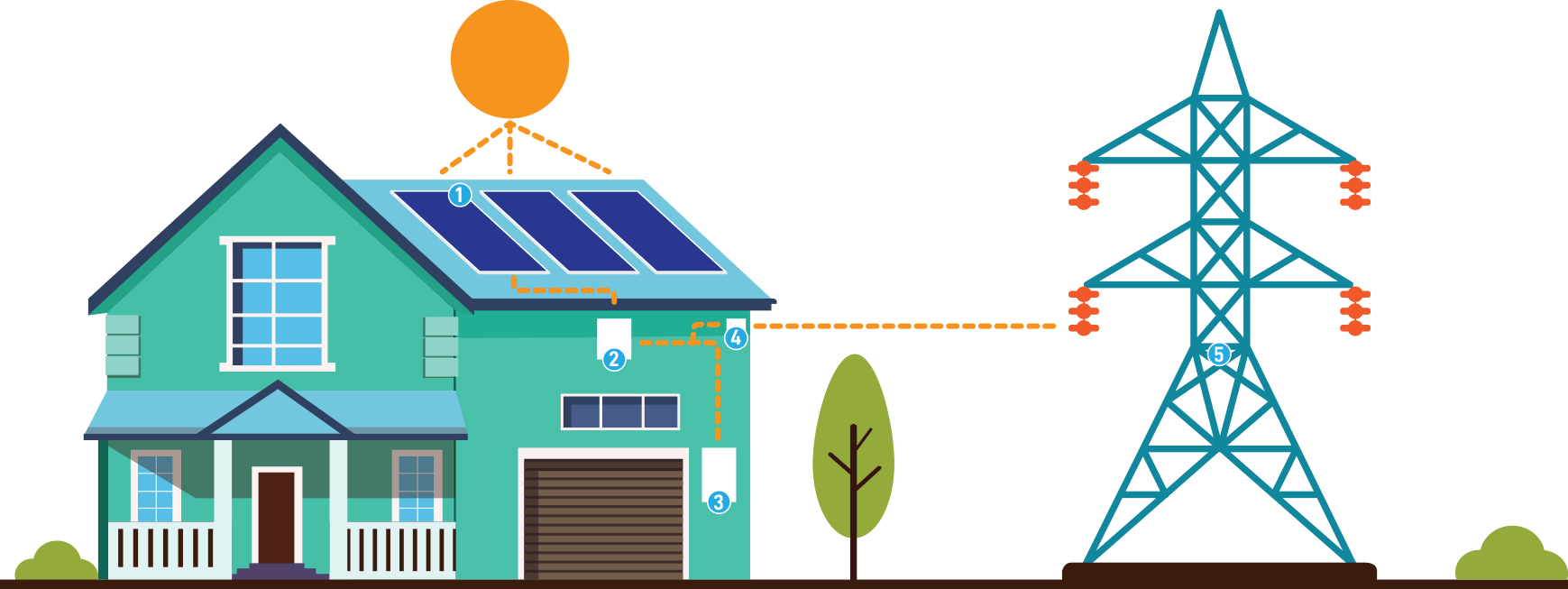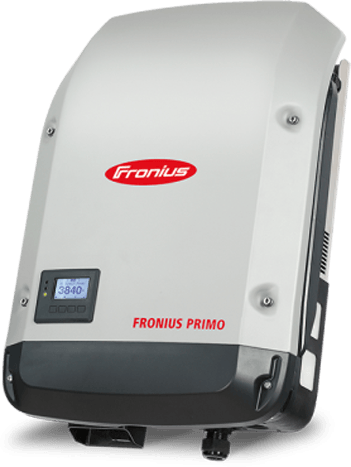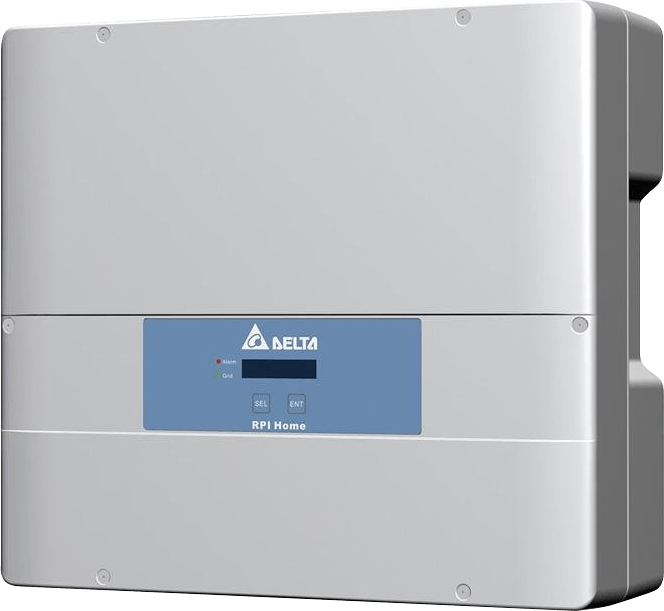What Is A Solar Inverter?
For the most part when people think of solar they think of solar panels but rarely are people aware of what role solar inverter plays in delivering your home power from the sun. While the panels are a crucial part of your solar power system, the inverter is the component that makes it possible for your home to use the power they gather.
Given how important your solar inverter is we thought it might be a good idea to have a quick look at what role they play in gathering energy from the sun and what innovations you might want to keep an eye out for when it comes to shopping around. If you would like us to walk you through any information in this article or would like to know more about solar inverters then you can always get in touch with us online or contact us by phone on 1800 255 474 to talk to a solar consultant.





